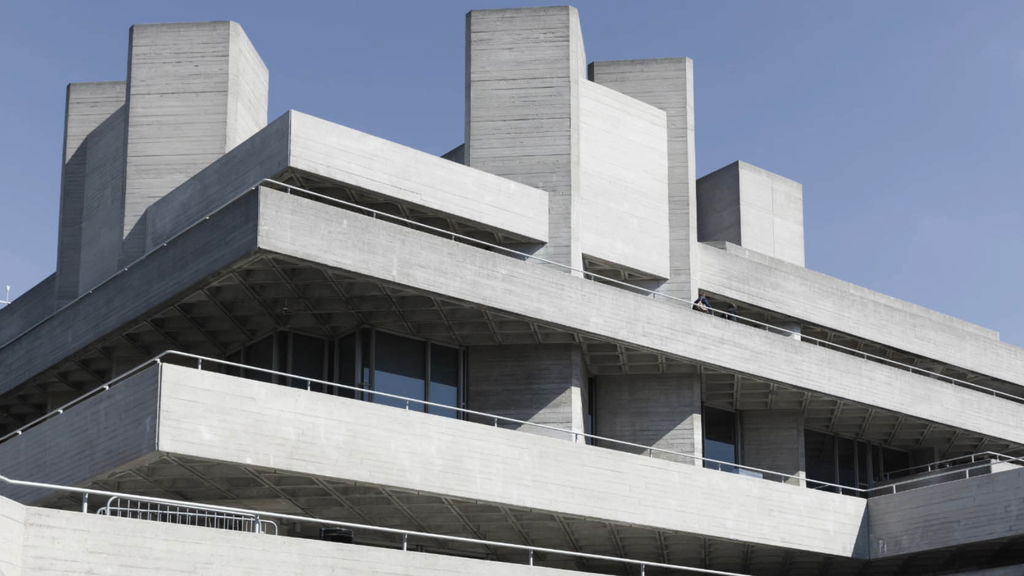Home
Talks
Cézanne: 'The Father of Modern Art'
Cézanne: 'The Father of Modern Art'
Paul Cézanne is one of the best-loved painters of Western art. Yet the popularity of his still life and landscape works has perhaps tamed the radicality of his vision in our own eyes. It is easy to forget that these seemingly traditional 19th century Post-Impressionist paintings caused 'a landslide in art'.
Jacky Klein explains why we should see the 'painter of apples' as a pioneer for initiating new ways of looking and thinking about art. She uses Cézanne's works in the Courtauld collection to trace how his style developed through the 1870–1890s, pushing the frontiers of what painting could do, despite being met with derision in his own times.
Looking at Cézanne's output afresh, Klein makes the case for the painter as being 'father of Modern art', his works inspiring countless Modern and contemporary masters since.
Time Period:
19th century
Themes:
Jacky Klein is an art historian, author and broadcaster. She co-presented 'Britain's Lost Masterpieces' for BBC4 with Bendor Grosvenor in 2016, travelling the UK to discover some of the greatest lost paintings in the national collections. She has contributed to a range of programmes for BBC TV and radio, the Art Fund and Bloomberg TV, and she regularly broadcasts live for the auction house Christie's.
As a curator at the Courtauld and Hayward galleries, she worked on a range of exhibitions on artists from Rubens to Wyndham Lewis, Quentin Blake to Antony Gormley. In 2008, she moved into the world of art publishing as Commissioning Editor at Thames & Hudson. Jacky is now Commissioning Editor-at-Large at Tate Publishing, overseeing the gallery's art and children's books. She is the author of Grayson Perry and co-author of a number of books including Body of Art and What is Contemporary Art? A Children's Guide.
Watch More
Watch More

7:06
Van Gogh's Olive Trees
Frances Fowle reassesses the work of one of the world's most popular but misunderstood artists, Van Gogh.

7:56
The Modern Woman: Manet’s A Bar at the Folies-Bergère
Griselda Pollock unpacks some of the questions raised by Manet’s enigmatic last masterpiece.

3:56
What is: Brutalism?
‘To think about Brutalism, is to think about concrete…’ Prof. Richard J. Williams.

7:06
Van Gogh's Olive Trees
Frances Fowle reassesses the work of one of the world's most popular but misunderstood artists, Van Gogh.

7:56
The Modern Woman: Manet’s A Bar at the Folies-Bergère
Griselda Pollock unpacks some of the questions raised by Manet’s enigmatic last masterpiece.

3:56
What is: Brutalism?
‘To think about Brutalism, is to think about concrete…’ Prof. Richard J. Williams.

15:04
Paul McCarthy: ‘All for the Gut’
Can you stomach Paul McCarthy’s art? Critic Robert Storr makes the case that McCarthy is the ‘critical grotesque’ heir of much canonical satire, drawing comparisons to François Rabelais and James Gillray’s provocations.

3:08
HENI Talks Trailer
Stories of Art from the world’s leading experts

14:37
Jo Spence: The Feminist Photography of a Cultural Sniper
Learn how a British photographer attempted to take down cultural stereotypes using her own body as a weapon.